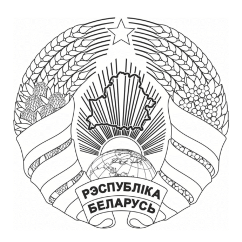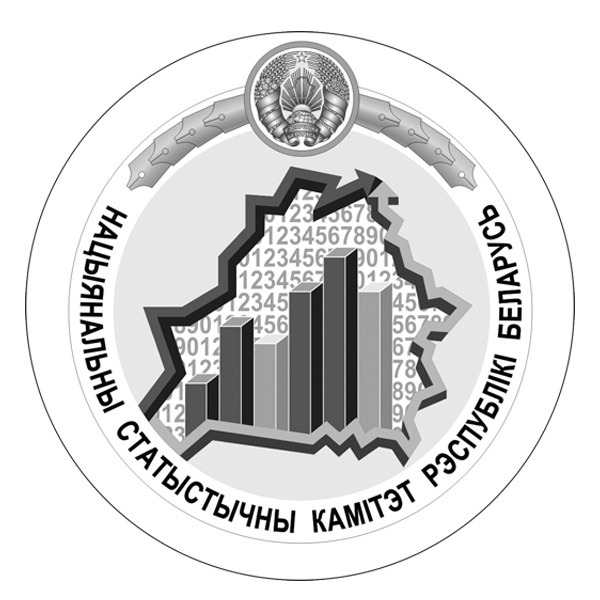C.4. Household water use per capita
download the file in Excel format for 2001–2024
Brief description:
Water supplied to population by water supply industry, as well as self supply (estimation); estimation of the population connected / not connected to water supply industry.
Estimation of the household water use per capita in Belarus, 2001-2024
(cubic metres)
Methodology:
The estimation of the population connected to water supply industry is based on multiplication of the share of households living in apartments / houses equipped with piped water (urban and rural), the number of households (urban and rural), and the average size of household (urban and rural).
Population not connected to water supply industry is estimated as difference between the total population of the country and the population connected to water supply industry.
The estimation of water use by population supplied by self supply is based on the water supplied to population by water supply industry, as well as the population connected / not connected to water supply industry.
Data source:
Water supplied to population by water supply industry: administrative data on the leave of water to the population; the data producer is the Ministry of Housing and Utilities of the Republic of Belarus;
Population connected / not connected to water supply industry: estimation on the data on sample household living standards survey, as well as population census (1999, 2009, 2019); the data producer is the National Statistical Committee of the Republic of Belarus;
Estimated water use by population supplied by self supply per capita: estimation on the administrative data on the leave of water to the population (the data producer is the Ministry of Housing and Utilities of the Republic of Belarus), as well as on the data on sample household living standards survey, and population census (1999, 2009, 2019) (the data producer is the National Statistical Committee of the Republic of Belarus).
Relevance of the indicator:
The indicator is important for defining the level of development of water economy services and the degree of water accessibility to cover all household needs of the population. The indicator also helps to identify trends in household water use in a particular country.

